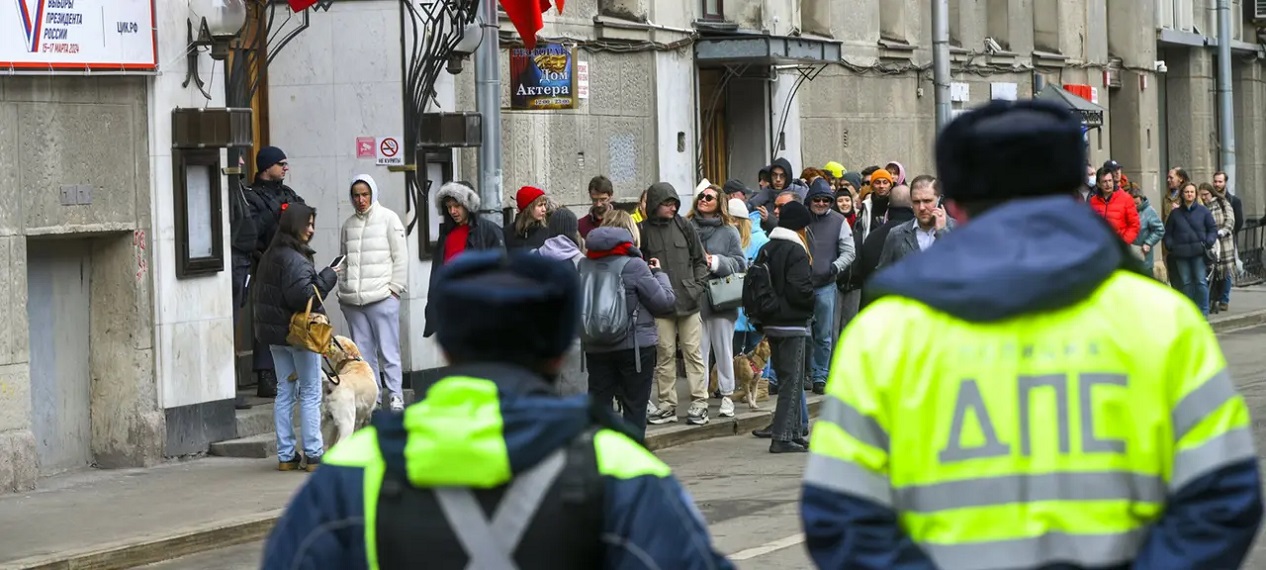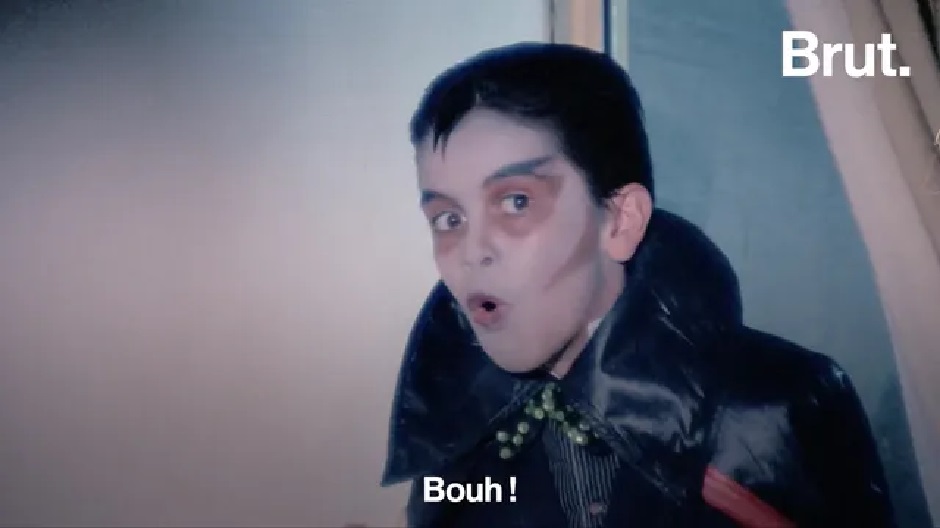Drawing a face on a pumpkin, wearing a mask for the candy hunt… But where do all these Halloween night practices come from? Raw. make the point.
From Antiquity to the Middle Ages, from Ireland, from the United States… The practices around the Halloween party have origins as different in their temporality as in their geography. But where exactly do they come from?
“Trick or treat!”
One of the best known is undoubtedly the wearing of a disguise on Halloween night, and in particular masks. This practice is rooted in a Celtic belief, which dates back to antiquity. She believes that during Samhain, the ancestor festival of Halloween which marks the end of summer, the border between the dead and the living is more fragile. To hide from the world of demons and spirits, people wore masks. This practice was brought to the United States by Irish and Scottish immigrants.
It was also the Irish who brought with them the myth of Jack O’ Lantern, or Stingy Jack. The latter managed to make the Devil promise not to take his soul after his death. This therefore doomed him to wander the earth, accompanied by a lantern made from an empty turnip. The pumpkin replaced the turnip in American homes around the 1800s. And candy? This tradition of collecting sweets dates back to medieval England, when poor children would beg “soul cakes” from the wealthy at All Saints’ Day. In return, younger children would pray for them. treat”, translated as “Trick or Treat”, appeared across the Atlantic in 1932. Finally, after the Second World War, candy companies played on their marketing to be associated with Halloween, following rationing.













